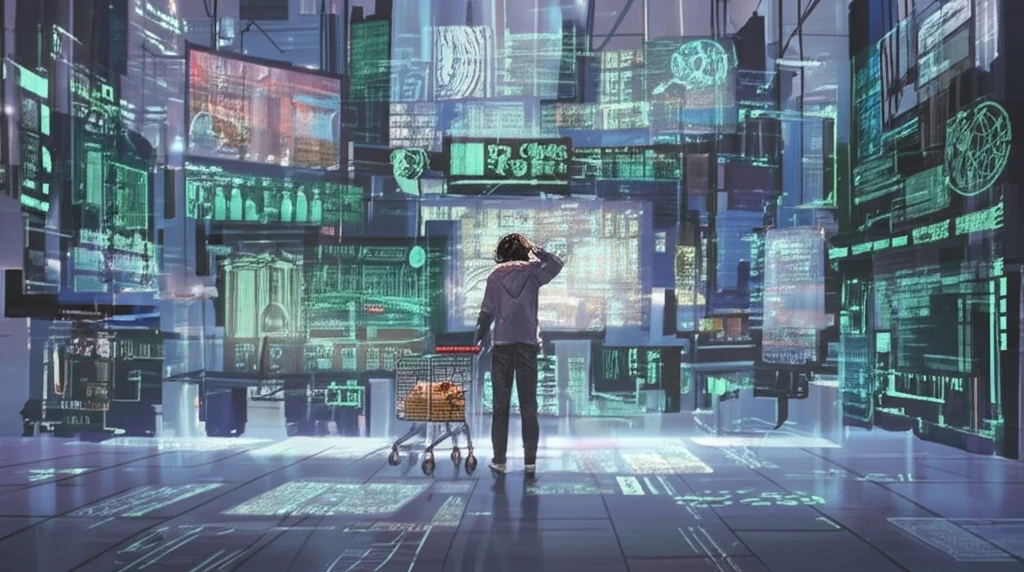
In-Store Tech: Is It Enhancing or Overpowering Your Shopping Experience?
"Discover how smart retail tech can make or break your omnichannel experience, and what retailers need to consider."
Smart retailing, powered by in-store technologies, has been touted as the magic bullet for creating seamless omnichannel experiences that benefit both customers and retailers. But what happens when technology takes over? Do these in-store gadgets and gizmos truly enhance your shopping trip, or do they create another layer of complexity and distraction?
As retailers race to integrate the latest tech into their brick-and-mortar locations, it’s crucial to understand how these innovations impact the overall customer journey. Are retailers able to orchestrate their customers' omnichannel experience by strategically leveraging the in-store environment? Or are they losing control as consumers navigate a maze of screens and self-service options?
Drawing from 107 academic sources in marketing, innovation, and information systems, we'll explore four distinct forms of omnichannel experience. We'll dive into whether these experiences are initiated by the customer or dictated by the retailer, and how well they integrate marketing strategies with technology. The goal? To help you understand if in-store tech is genuinely improving your shopping, or simply turning stores into glorified websites.
Omnichannel Experiences: More Than Just a Buzzword?

The term "omnichannel" has become ubiquitous in the retail world, often used interchangeably with "multichannel" and "cross-channel." However, these terms represent distinct approaches to integrating a retailer's various sales channels. Multichannel retailing, in its simplest form, involves creating new, separate channels (like a website) alongside traditional brick-and-mortar stores, often with little to no connection between them.
- Customer-Centric: Omnichannel is all about the customer and their data, whereas multichannel and cross-channel strategies tend to focus on the retailer and their channels.
- Micro-Experiences: Omnichannel journeys consist of a series of interconnected micro-experiences, both virtual and real, that combine to create a holistic shopping experience.
- Real-Time Insights: Understanding the customer's immediate experience is key, requiring methods that capture the nuances of their omnichannel journey, rather than relying on traditional surveys or self-reporting.
The Future of Retail: Balancing Tech and the Human Touch
The connected store reveals the promise and peril of the omnichannel experience. As retailers forge ahead with integrating technology into their physical spaces, it's crucial to consider the impact on the customer journey. By understanding the different types of omnichannel experiences and focusing on genuine integration – both technological and marketing-driven – retailers can create environments that enhance, rather than overpower, the shopping experience. The key lies in empowering customers, fostering a sense of freedom and control, and remembering that technology is a tool, not a replacement for the human touch.
